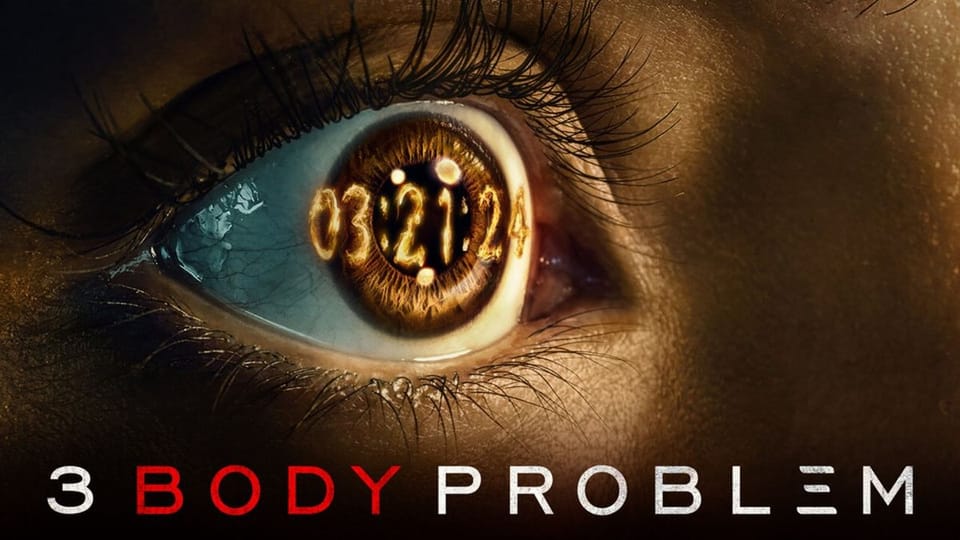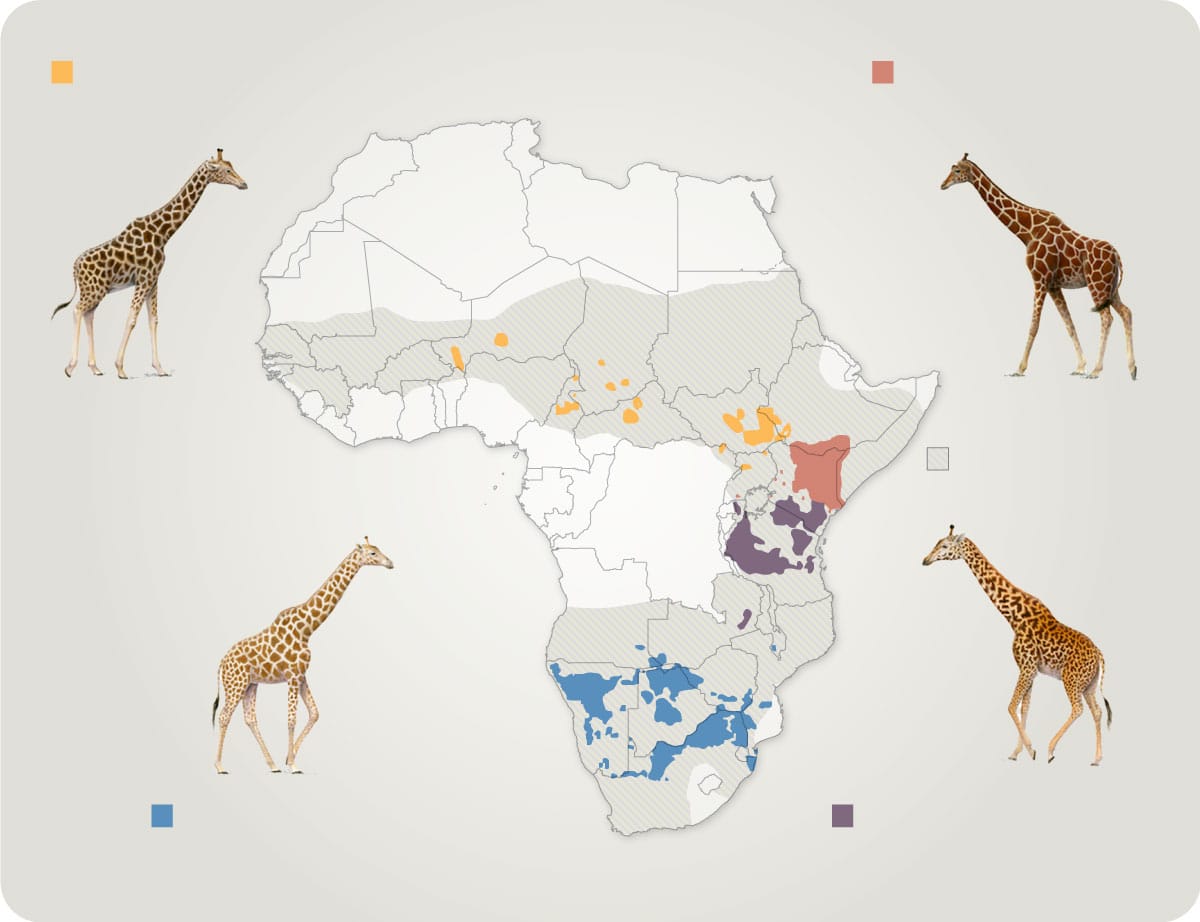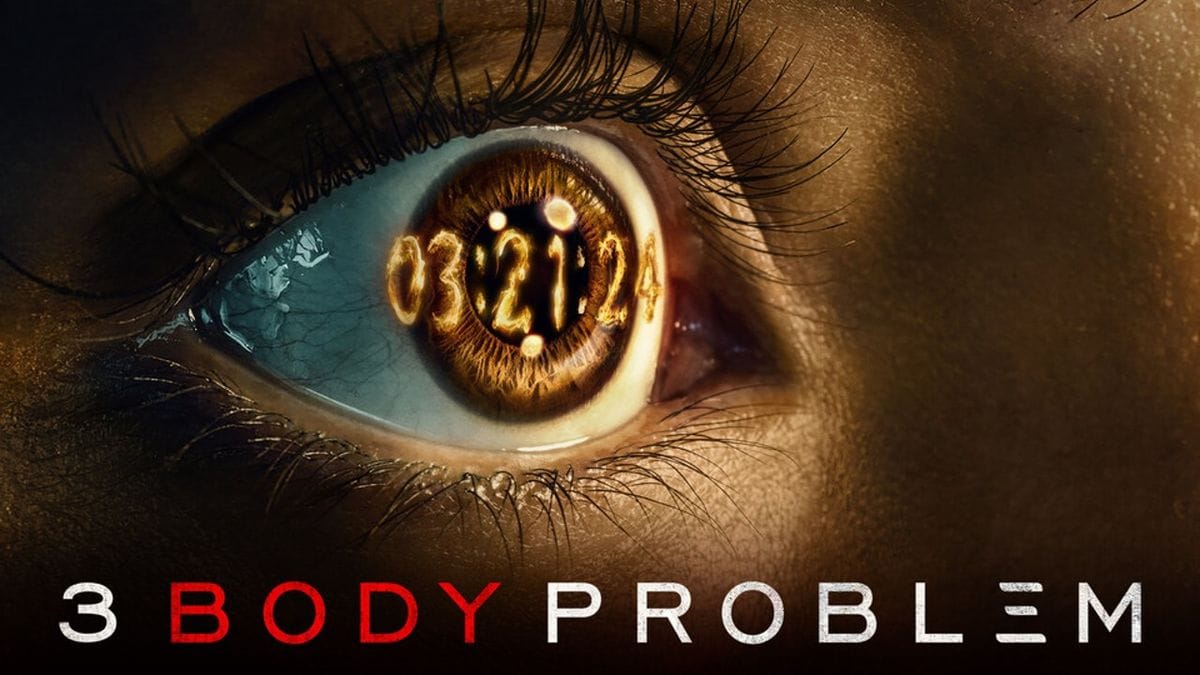Kerim’s Triptych for Sunday, April 7th, 2024

Welcome to Kerim's Triptych, a free newsletter that delivers 3 fabulous links to your email inbox, 3 times a month. If you didn't intend to subscribe, or you don't want to receive these anymore, there is an unsubscribe link at the bottom.
Item 1: What Is a Species?

One of my favorite science writers, Carl Zimmer (brother of my favorite lexicographer, Ben Zimmer), wrote about the concept of "species" for the NY Times back in February.
The debate over species is more than an academic pastime. In the current extinction crisis, scientists urgently need to take stock of the world’s biological diversity. But even some of the best known species on Earth may not be what they seem.
Take the giraffe.
In 1758, the Swedish taxonomist Carl Linnaeus described a single species of giraffe: Giraffa camelopardalis. Although the species has declined in recent decades, 117,000 giraffes still survive across Africa, prompting an international conservation group to designate the species as vulnerable, rather than endangered.
But some conservation biologists argue that giraffes are in great peril, because what looks like one species is actually four . . . If the Northern giraffe were considered a separate species, it would be “one of the most threatened large mammals in the world,”
Item 2: AI Ghost Workers in Venezuela

Part of an excellent series from MIT Technology Review on "AI colonialism," this article by Karen Hao and Andrea Paola Hernández provides a deep dive into how outsourcing companies exploit economic crisis to drive labor costs down.
Most profit-maximizing algorithms, which underpin e-commerce sites, voice assistants, and self-driving cars, are based on deep learning, an AI technique that relies on scores of labeled examples to expand its capabilities.
The insatiable demand has created a need for a broad base of cheap labor to manually tag videos, sort photos, and transcribe audio. The market value of sourcing and coordinating that “ghost work,” as it was memorably dubbed by anthropologist Mary Gray and computational social scientist Siddharth Suri, is projected to reach $13.7 billion by 2030.
This article looks at workers in Venezuela, but the model used there is easily transferable to other countries.
“The Venezuela example made so clear how it’s a mixture of poverty and good infrastructure that makes this type of phenomenon possible,” Schmidt says. “As crises move around, it’s quite likely there will be another country that could fulfill that role.”
Item 3: 3 Body Problem

Since this newsletter is obsessed with the number 3, I feel obligated to link to this review of the new Netflix adaptation of the 3 Body Problem. Written by Christopher T. Fan in the LA Review of Books, it is one of the few things I've read that really seems to get what seemed obvious to me when I first read the books: that "the San-Ti and their advanced technology were allegories for the United States: an existential threat that could serve as a goad to [Chinese] innovation." But, according to Fan, the show runners have "reversed the allegory" in this new series.
(SPOILER ALERT)
When it comes to US-China rivalry, the three-body problem upon which the threat of war hinges is one that involves a third country, Taiwan. This is yet another reason why a US-China allegory from 2006 can be so easily turned around in 2024. A key development in that interval is that, today, Taiwan’s semiconductor industry claims nearly 50 percent of the global market share, and Taiwan’s premier state-sponsored manufacturer, Taiwan Semiconductor Manufacturing Corporation (TSMC), holds a monopoly over the production of the world’s most advanced chips. Without Taiwan’s chips, the global economy—China’s especially—would grind to a halt. This dominance is not just a matter of market advantage but of national security. These advantages comprise Taiwan’s so-called “silicon shield,” which supposedly protects it from China’s well-nigh spiritual goal to reclaim the island. Semiconductor technology originated in the United States, and China has a robust semiconductor industry, but both countries are still years behind TSMC’s capabilities. The semiconductor supply chain is therefore one of the most heated theaters in what some observers call the “new Cold War,” this one between the US and China (a periodization that requires you to believe that the “old” Cold War ever really ended). In October 2022, President Biden signed into law the CHIPS Act, which among other things aims to freeze in place China’s semiconductor industry several generations behind the cutting edge.
What is the CHIPS Act but a sophon directed at China? The reversibility of US-China rivalry appears again when we consider that, in the race to develop ever-more-advanced AI, it’s not so much AI technology itself that will be decisive (Silicon Valley’s imagined advantage) as the quantity and quality of data used to train AIs. So much for America’s sophon. Data is “the new oil,” and China holds the world’s largest reserve. But so much, too, for China’s sophon, TikTok, which is now on the verge of being banned in the US over fears that it’s collecting data on Americans, especially the children whose cognitive development it supposedly freezes in place. We might then turn our attention to a little red N that is doing much the same thing to its own subscribers.
Why point fingers when we could be asking questions about why this allegory is so easily reversible in the first place? What’s become clearer since 2006 is that no matter how these allegories are twisted around, they all point to the same thing: Our Lord, capital.
Endnote
Enjoying Triptych? Please consider writing a short blurb/endorsement to help me promote the newsletter. You can just email it to me, or enter it in this Google form.
You can also show your appreciation by switching to a paid account. A big shout out to my current paid subscribers, whose contributions keep this place running. Thank you.

Member discussion